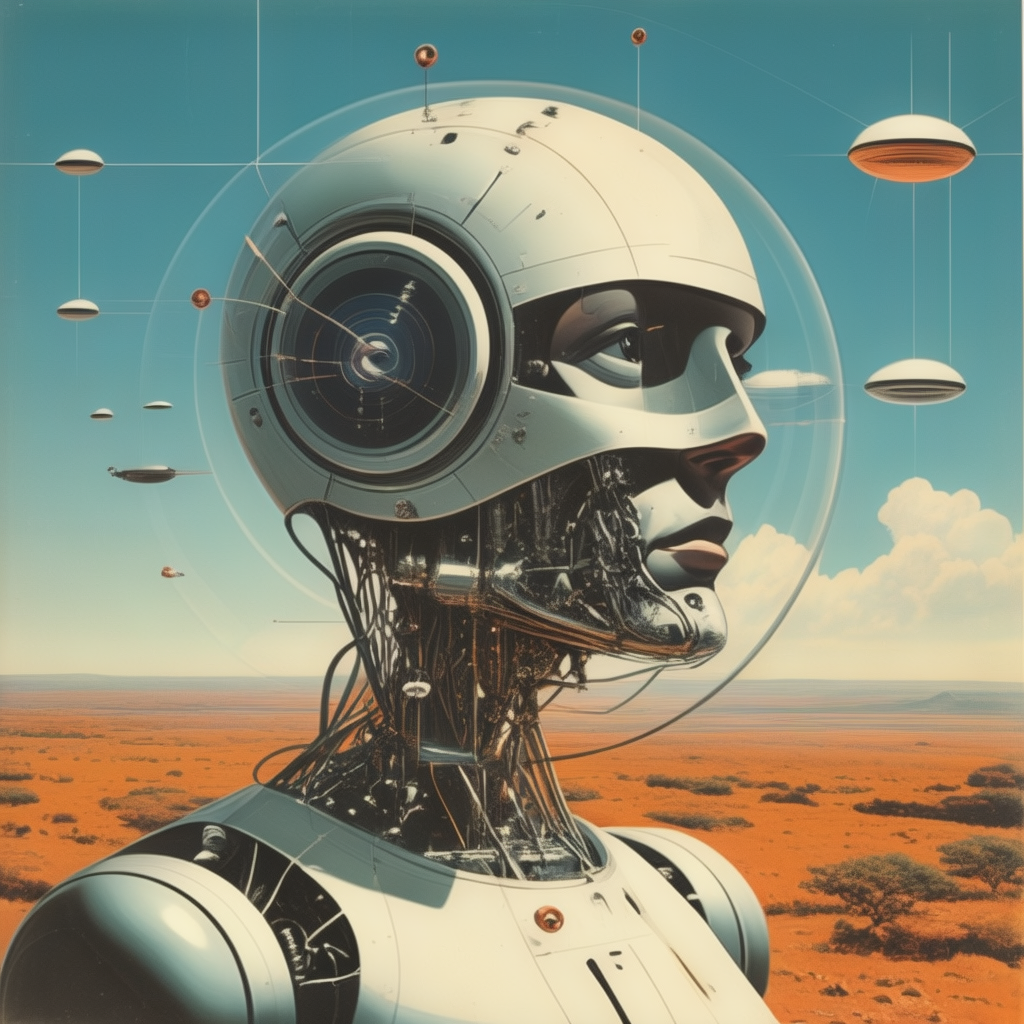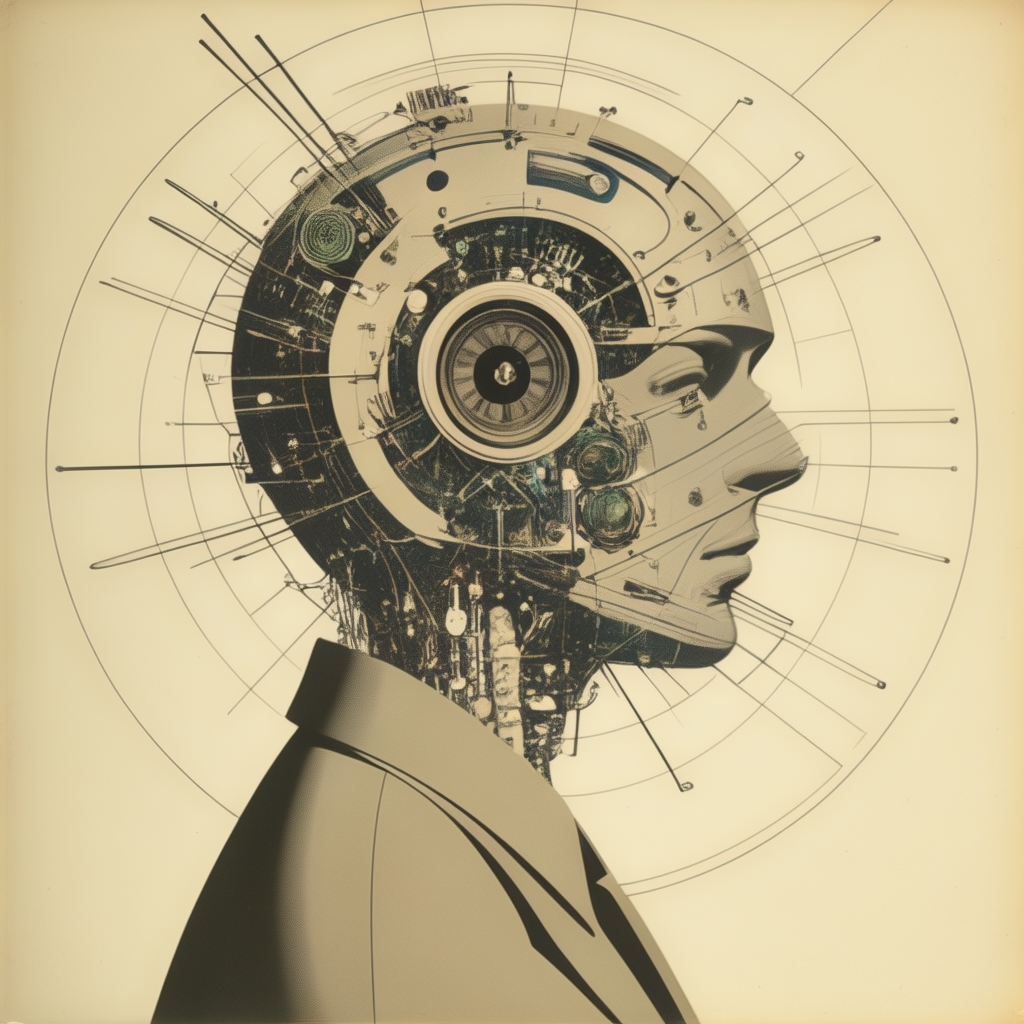Introduction
The field of Artificial Intelligence (AI) is rapidly evolving, moving from isolated subfields to a more integrated approach that considers the development of complete agents. This shift has significant implications for the way we design and implement AI systems. In particular, the realization that sensory systems cannot deliver perfectly reliable information about the environment has led to the necessity for reasoning and planning systems that can handle uncertainty. Additionally, the agent perspective has brought AI into closer contact with fields such as control theory and economics. This blog post explores these consequences in detail, highlighting the integration of AI subfields and the interdisciplinary approach needed for advanced AI applications.
Artificial Intelligence (AI) has traditionally developed in isolated subfields, each focusing on specific capabilities such as vision, speech recognition, and robotics. However, the pursuit of creating complete, autonomous agents necessitates the integration of these subfields. This shift has revealed that sensory systems alone cannot provide perfectly reliable information about the environment, prompting the need for reasoning and planning systems that can handle uncertainty. Additionally, this agent-centric approach has drawn AI closer to fields like control theory and economics. This blog post delves deeper into these transformative changes, exploring new dimensions and fresh perspectives on the integration of AI subfields and interdisciplinary collaboration.
The Need for Integration in AI Subfields
1. Sensory Systems and Uncertainty
Traditionally, AI subfields like vision, sonar, and speech recognition have operated in relative isolation, focusing on perfecting their individual technologies. However, in the context of building complete agents, it’s clear that these sensory systems cannot provide flawless information about the environment. Variability in real-world conditions, noise, and incomplete data are inherent challenges that these systems must contend with.
- Imperfect Information: Sensory inputs are often noisy and incomplete, leading to uncertainty in perception.
- Adaptive Algorithms: AI systems must incorporate adaptive algorithms that can manage and reason with this uncertainty.
The Imperfection of Sensory Systems
1. Redundancy and Fault Tolerance
Recognizing the inherent imperfections in sensory systems, AI researchers are developing redundant and fault-tolerant systems that can compensate for sensor failures or inaccuracies.
- Redundant Sensors: Using multiple sensors to gather overlapping data, enhancing reliability.
- Fault Tolerance: Designing systems that can continue to function effectively even when some sensors fail or provide erroneous data.
2. Sensor Fusion Techniques
Advanced sensor fusion techniques combine data from multiple sensory modalities to create a more accurate and comprehensive understanding of the environment.
- Multimodal Integration: Integrating data from vision, sonar, and other sensors to improve environmental perception.
- Data Fusion Algorithms: Developing algorithms that intelligently combine sensor data to reduce uncertainty and improve accuracy.
2. Reasoning and Planning Under Uncertainty
Given the imperfect nature of sensory data, reasoning and planning systems must be robust enough to handle uncertainty. This requires the integration of probabilistic models and decision-making frameworks that can operate effectively in uncertain environments.
- Probabilistic Models: Incorporating probabilistic models, such as Bayesian networks, allows systems to reason under uncertainty.
- Decision Theory: Applying principles from decision theory helps in making optimal choices based on uncertain data.
Advanced Reasoning and Planning Systems
1. Robust Decision-Making Frameworks
AI systems are now employing robust decision-making frameworks that can handle uncertainty and make informed choices even with imperfect data.
- Markov Decision Processes (MDPs): Utilizing MDPs to model decision-making problems where outcomes are partly random and partly under the control of the decision-maker.
- Partially Observable MDPs (POMDPs): Extending MDPs to scenarios where the agent has incomplete information about the state of the environment.
2. Real-Time Adaptation
Reasoning and planning systems are being designed to adapt in real-time to changing conditions and new information, ensuring continued optimal performance.
- Dynamic Planning: Continuously updating plans based on new sensory inputs and changes in the environment.
- Adaptive Algorithms: Implementing algorithms that can learn from experience and adjust their behavior accordingly.
The Agent Perspective in AI
1. Interdisciplinary Collaboration
The agent perspective in AI emphasizes the need for systems that can operate autonomously in dynamic and uncertain environments. This shift has drawn AI into closer collaboration with fields like control theory and economics, which have long dealt with the behavior and optimization of agents.
- Control Theory: Provides insights into the stability and robustness of dynamic systems, essential for developing autonomous agents.
- Economics: Offers models for decision-making and resource allocation that can be applied to AI agents.
Interdisciplinary Collaboration in AI
1. Influence of Control Theory
Control theory has significantly influenced AI, providing tools and methods to design systems that can maintain desired performance levels despite uncertainties.
- Feedback Control: Using feedback loops to adjust the behavior of AI systems based on real-time data.
- Optimal Control: Applying principles of optimal control to find the best possible control strategy for a given system.
2. Economic Models in AI
Economic models offer valuable insights into resource allocation, strategic decision-making, and optimization, which are applicable to AI systems managing complex tasks.
- Game Theory: Using game theory to model and analyze interactions between multiple AI agents with potentially conflicting goals.
- Resource Management: Applying economic principles to efficiently allocate computational and physical resources in AI systems.
2. Application in Robotics and Autonomous Systems
A prime example of this interdisciplinary approach is the development of robotic cars, which require a seamless integration of various AI technologies along with principles from control theory and economics.
- Advanced Sensors: Improved sensors provide better data, but still require sophisticated algorithms to interpret this data reliably.
- Integrated Systems: Combining sensing, localization, and mapping with control-theoretic approaches ensures better performance.
- High-Level Planning: Incorporating high-degree planning to navigate complex environments and make real-time decisions.
Case Study: Autonomous Vehicles
The development of autonomous vehicles illustrates the integration of AI subfields and the application of the agent perspective. These vehicles rely on a mixture of approaches:
- Better Sensors: LIDAR, cameras, and radar systems provide comprehensive environmental data.
- Control-Theoretic Integration: Techniques from control theory are used to integrate sensing, localization, and mapping.
- Planning Algorithms: High-level planning algorithms ensure that vehicles can navigate safely and efficiently.
Smart Home Systems
Smart home systems integrate various AI subfields, such as natural language processing, computer vision, and IoT, to create intelligent and adaptive living environments.
- Context Awareness: Using sensor data to understand the context and adapt the behavior of home automation systems accordingly.
- Personalization: Learning user preferences and routines to provide personalized and proactive services.
2. Healthcare Robotics
Healthcare robotics combines advancements in AI with medical expertise to provide innovative solutions for patient care, surgery, and rehabilitation.
- Assistive Robots: Developing robots that can assist patients with daily activities, providing support and improving quality of life.
- Surgical Robotics: Enhancing precision and control in surgical procedures through AI-driven robotic systems.
This integration enables autonomous vehicles to operate effectively in real-world conditions, handling uncertainty and making informed decisions.
Future Directions
1. Enhanced Collaboration
The future of AI lies in enhanced collaboration across subfields and disciplines. By breaking down silos and fostering interdisciplinary research, we can develop more robust and capable AI systems.
- Cross-Disciplinary Research: Encouraging collaboration between AI researchers and experts in control theory, economics, and other relevant fields.
- Unified Frameworks: Developing unified frameworks that integrate sensory processing, reasoning, and planning.
2. Real-World Applications
As AI continues to evolve, its applications will expand into more complex and dynamic environments. The agent perspective will be crucial in areas such as healthcare, finance, and smart cities.
- Healthcare: AI agents can assist in diagnosis, treatment planning, and patient monitoring, handling uncertainty in medical data.
- Finance: AI systems can optimize investment strategies and risk management, applying economic principles.
- Smart Cities: Autonomous agents can manage traffic, energy consumption, and public services, integrating multiple AI subfields.
Quantum Computing and AI
Quantum computing promises to revolutionize AI by providing unprecedented computational power, enabling the solving of complex problems that are currently intractable.
- Quantum Algorithms: Developing quantum algorithms that can process and analyze massive datasets efficiently.
- Enhanced Optimization: Leveraging quantum computing for faster and more accurate optimization in AI systems.
2. AI in Climate Science
AI is playing a crucial role in addressing climate change by providing advanced tools for modeling, prediction, and decision-making.
- Climate Modeling: Using AI to create more accurate and detailed climate models, improving our understanding of climate dynamics.
- Sustainable Solutions: Developing AI-driven solutions for energy management, conservation, and sustainable development.
Conclusion
The integration of previously isolated AI subfields and the adoption of the agent perspective represent significant advancements in the field of AI. By addressing the inherent uncertainties in sensory data and collaborating with disciplines like control theory and economics, AI researchers and practitioners can develop more sophisticated and capable systems. As we move towards building complete agents, these interdisciplinary approaches will be essential for navigating the complexities of real-world environments and unlocking the full potential of AI.
The journey towards building complete AI agents has highlighted the necessity of integrating previously isolated subfields and embracing interdisciplinary collaboration. By addressing the imperfections in sensory systems, enhancing reasoning and planning under uncertainty, and drawing from fields like control theory and economics, AI is advancing towards creating more robust, adaptive, and intelligent systems. As we continue to explore new frontiers, the integration of diverse perspectives and cutting-edge technologies will be key to unlocking the full potential of AI.





